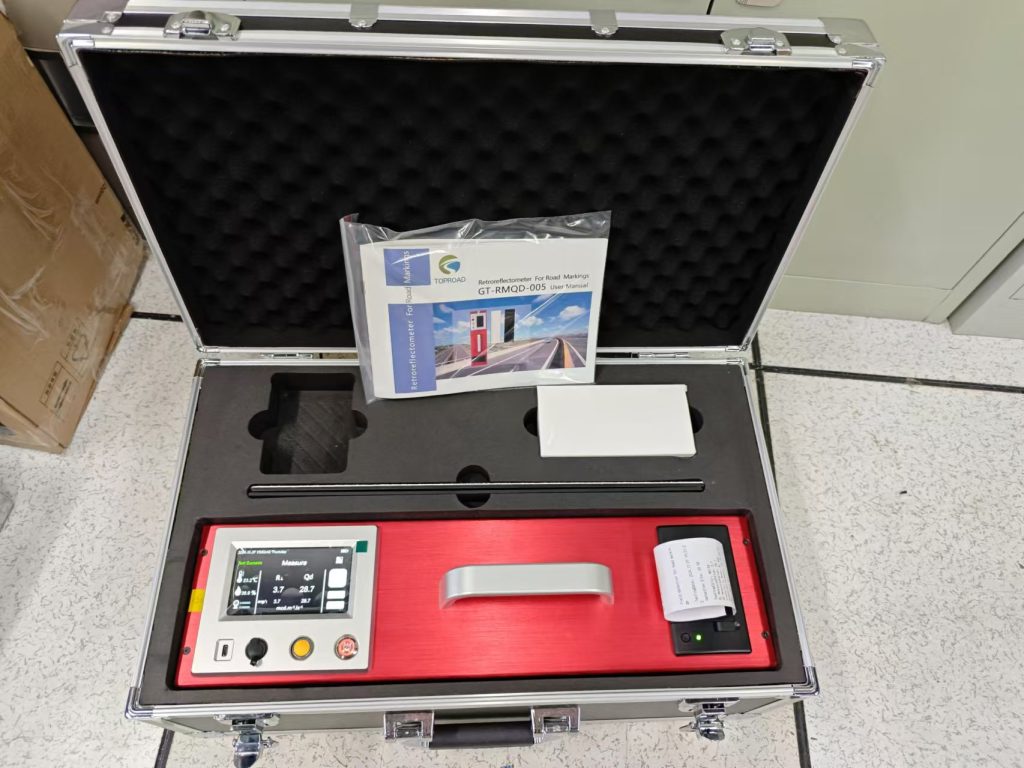Road Marking Paint and Machine Manufacturer
+86-15668659958
Road Marking Paint and Machine Manufacturer
+86-15668659958

Introduction
Road safety relies heavily on the visibility of traffic signs, pavement markings, and other roadway delineators, particularly under low-light conditions. Retroreflective materials, which redirect light back toward its source (e.g., vehicle headlights), are critical for ensuring these elements remain visible to drivers at night. To assess and maintain the performance of retroreflective surfaces, specialized instruments known as retroreflectometers are employed. This article explores the functionality, applications, and evolving technologies of retroreflectivity measurement devices in modern transportation infrastructure management.
Retroreflectometers quantify the efficiency of a material’s retroreflective properties using a metric called retroreflective coefficient (RA or RL), expressed in millicandelas per square meter per lux (mcd·m⁻²·lx⁻¹). The device emits a light beam at a standardized angle (simulating vehicle headlights) and measures the intensity of light returned to a detector positioned at the driver’s viewpoint. Key parameters include:
Modern retroreflectometers are portable, weather-resistant, and equipped with digital interfaces for real-time data logging, ensuring compliance with standards such as ASTM E1710 or ISO 3866.

Recent innovations are enhancing the accuracy, efficiency, and versatility of retroreflectometers:
Despite their utility, retroreflectometers face limitations:
Emerging trends include:

Conclusion
Retroreflectometers are indispensable tools for maintaining nighttime road safety and operational efficiency. As transportation systems evolve toward automation and sustainability, advancements in retroreflectivity measurement technology will play a pivotal role in shaping the future of infrastructure resilience. By combining rigorous testing protocols with cutting-edge innovations, stakeholders can ensure that roadways remain safe, visible, and adaptive to the demands of tomorrow’s mobility landscape.

Our company is a professional manufacturer of road hot-melt coatings and road glass beads. If you are interested, please feel free to contact me via email at any time export@toproadtraffic.com
